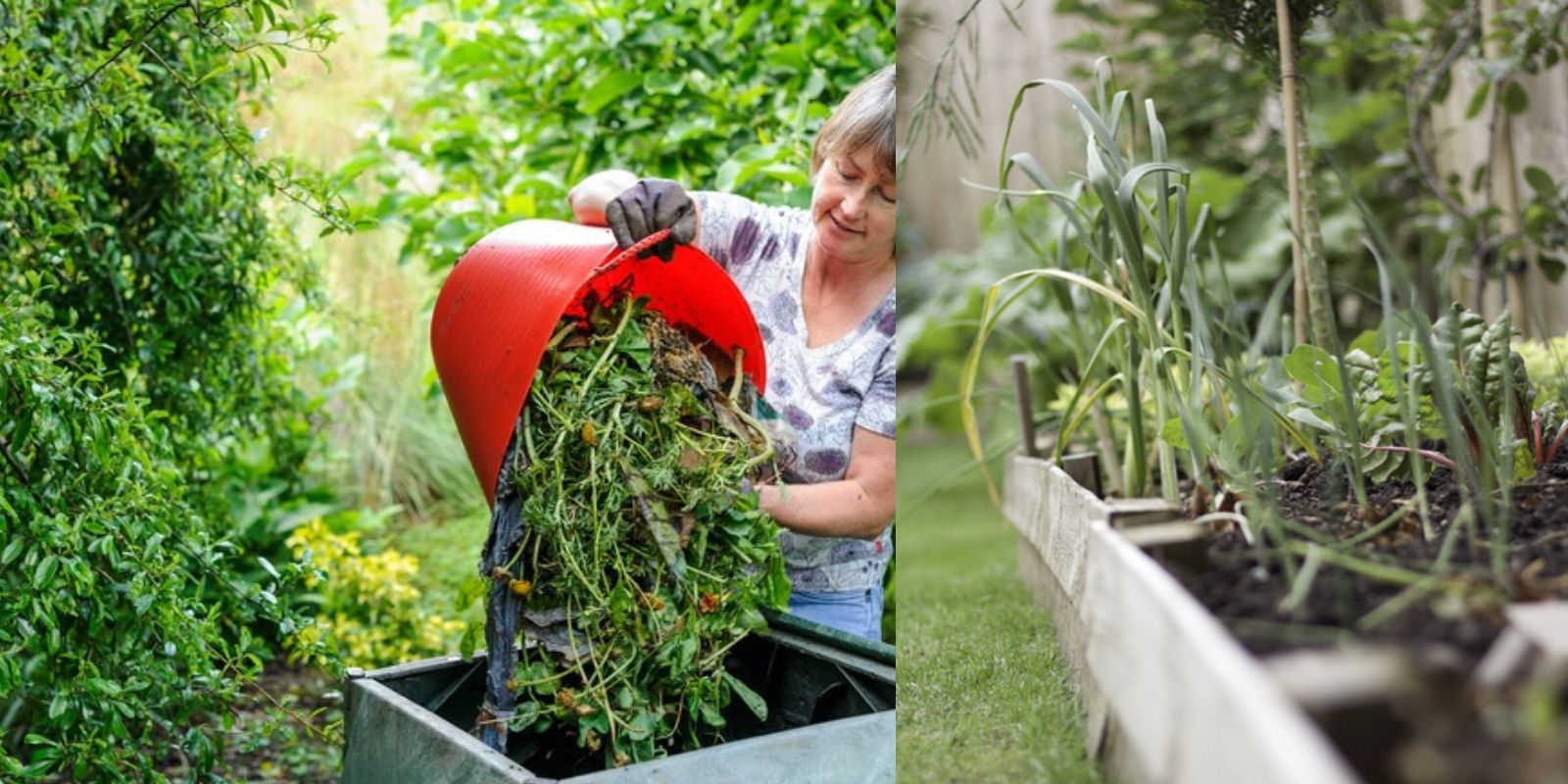Organic gardening is more than just a trend—it’s a movement towards a healthier, more sustainable way of growing plants. By embracing organic practices, you can cultivate a garden that is not only bountiful and beautiful but also environmentally friendly. This guide will provide you with essential tips for creating and maintaining a chemical-free home garden, ensuring that your plants thrive in harmony with nature.
1. Start with Healthy Soil
The Foundation of Organic Gardening:
Healthy soil is the cornerstone of successful organic gardening. It supports plant growth, retains moisture, and fosters beneficial microbial activity. To build a strong foundation:
- Use Compost: Add compost to your soil to enrich it with nutrients and organic matter. Compost improves soil structure, enhances its ability to retain moisture, and promotes the growth of beneficial microorganisms. You can make your own compost from kitchen scraps and yard waste or purchase it from a garden center.
- Apply Natural Fertilizers: Opt for natural fertilizers such as bone meal, blood meal, or fish emulsion. These provide essential nutrients without the synthetic additives found in chemical fertilizers. Follow the recommended application rates to avoid over-fertilizing, which can harm plants and leach into waterways.
- Practice Soil Testing: Test your soil regularly to determine its pH and nutrient levels. This helps you understand its needs and make informed decisions about amendments.
2. Choose Organic Seeds
Planting for Purity:
The seeds you choose play a crucial role in the health of your garden. Organic seeds are produced without the use of synthetic pesticides, herbicides, or genetically modified organisms (GMOs). To ensure you’re using the best seeds:
- Look for Organic Labels: Purchase seeds that are labeled as organic. These seeds are grown from plants that have been cultivated without chemical treatments.
- Consider Heirloom Varieties: Heirloom seeds are often organic and offer a diverse range of plant types and flavors. They are typically open-pollinated, meaning they can be saved and replanted year after year.
- Source from Reputable Suppliers: Buy seeds from reputable suppliers who are committed to organic and sustainable practices.
3. Implement Companion Planting
Natural Pest Control:
Companion planting involves growing certain plants together to enhance growth and deter pests. This method harnesses the natural relationships between plants to create a more balanced ecosystem:
- Pair Beneficial Plants: Plant herbs like basil and cilantro alongside tomatoes to repel insects and improve flavor. Marigolds can deter nematodes and aphids, making them a great companion for many vegetables.
- Use Trap Crops: Grow plants that attract pests away from your main crops. For example, planting nasturtiums can draw aphids away from your vegetables.
- Create Diverse Plantings: A diverse garden with various plant types can reduce the spread of pests and diseases. Avoid monocultures (large areas of a single plant species) to prevent pest outbreaks.
4. Use Natural Pest Control
Managing Pests Organically:
Effective pest control is essential for a healthy garden. Organic methods focus on maintaining balance and using natural predators:
- Introduce Beneficial Insects: Encourage or release beneficial insects such as ladybugs, lacewings, and predatory beetles that feed on garden pests.
- Apply Organic Sprays: Use natural insecticides like neem oil, insecticidal soap, or garlic sprays to manage pests. These options are less harmful to beneficial insects and the environment compared to synthetic chemicals.
- Employ Physical Barriers: Use row covers, netting, or traps to protect plants from pests. Physical barriers can prevent insects from reaching your crops without chemicals.
5. Practice Water Conservation
Efficient Watering Practices:
Water is a precious resource, and efficient use can benefit both your garden and the environment:
- Use Mulch: Apply organic mulch, such as straw, wood chips, or grass clippings, to retain soil moisture, regulate temperature, and suppress weeds. Mulch also adds organic matter to the soil as it decomposes.
- Implement Drip Irrigation: Drip irrigation systems deliver water directly to the plant roots, reducing evaporation and runoff. This method is more efficient than traditional sprinklers and helps conserve water.
- Water Wisely: Water your garden early in the morning or late in the evening to minimize evaporation. Avoid overhead watering, which can promote fungal diseases.
6. Rotate Crops
Preventing Soil Depletion:
Crop rotation is a practice that involves changing the location of plant families from year to year. This helps prevent soil depletion and reduces the risk of pests and diseases:
- Follow a Rotation Plan: Plan your garden layout to rotate crops based on their plant families. For example, avoid planting tomatoes in the same spot where you grew other nightshades like peppers and eggplants.
- Incorporate Cover Crops: Grow cover crops, such as legumes or clover, during the off-season to improve soil fertility and prevent erosion. These crops can be tilled into the soil to add organic matter and nutrients.
- Monitor Soil Health: Keep an eye on soil conditions and make adjustments as needed. Healthy soil supports robust plant growth and reduces the need for chemical interventions.
Conclusion: Embrace Organic Gardening for a Healthier Garden
Organic gardening offers a sustainable and rewarding approach to growing plants. By focusing on healthy soil, selecting organic seeds, implementing companion planting, using natural pest control, practicing water conservation, and rotating crops, you can create a garden that thrives without synthetic chemicals. Embrace these organic gardening tips to build a garden that is not only beautiful but also kind to the environment. Start implementing these practices today and watch your garden flourish with health and vitality. 🌿

